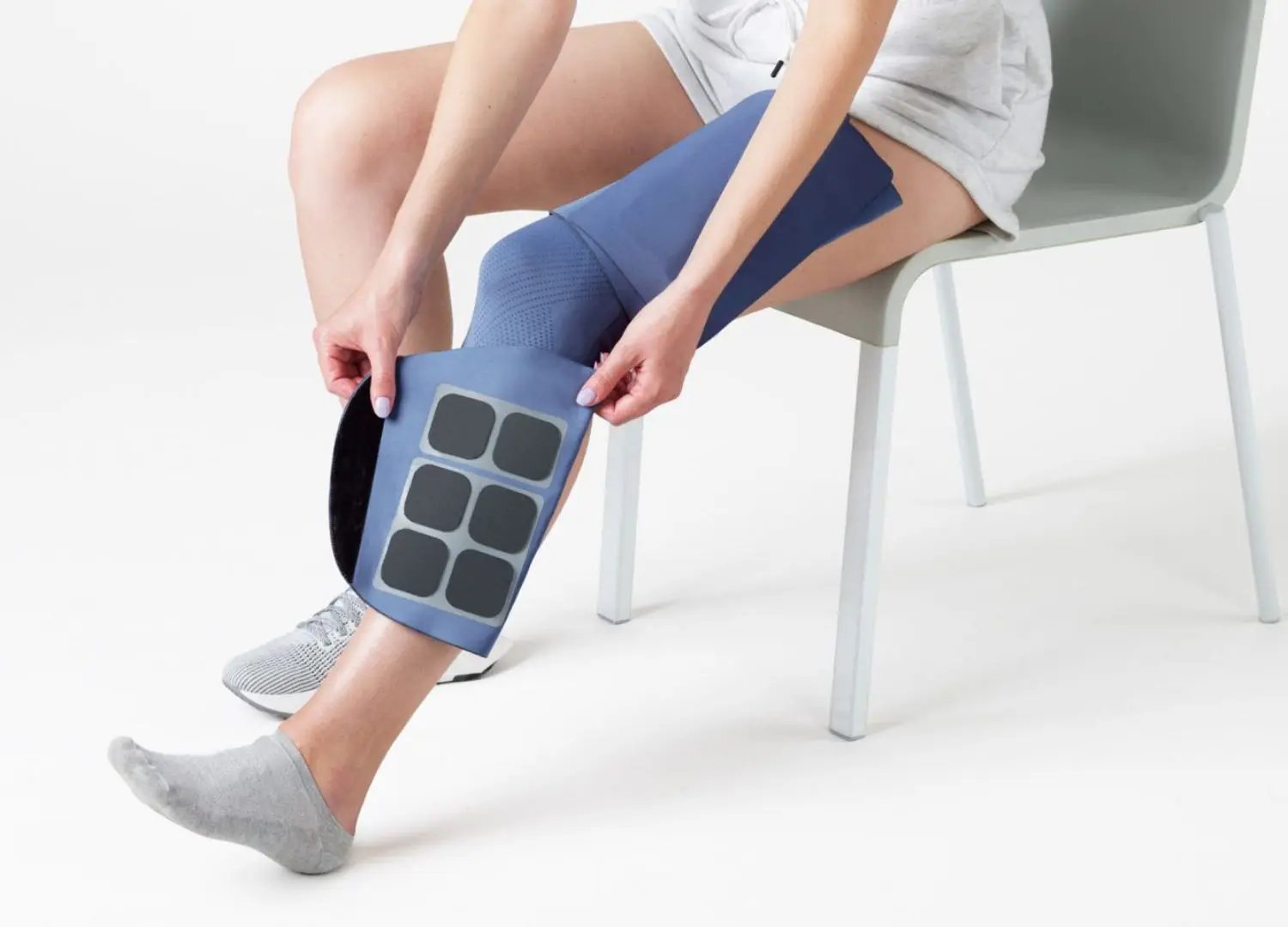Aging is an amazing journey, but there are often challenges like managing pain and staying mobile. Thankfully, wearable technology can be a solution to help seniors navigate these problems. With tools for health tracking, pain management, and promoting independence, wearable devices are improving the quality of life for aging adults everywhere.
In this article, we’ll explore how wearable technology supports pain-free aging and mobility, its key benefits, and how to choose the right devices for seniors.
What Is Wearable Tech for Seniors?
Wearable technology are the devices worn on the body that monitor health, track activities, and provide assistance. These gadgets are made to meet the needs of seniors and individuals with health concerns, combining ease of use with powerful tools for safety and mobility.
For example, a smartwatch can track heart rate and sleep, while fall detection systems can alert caregivers to any emergencies. TENS units and wearable pain relief devices deliver soothing electrical stimulation to reduce muscular discomfort. Posture monitors and mobility aids further support movement and help prevent injuries.
How Wearable Tech Supports Pain-Free Aging
One of the biggest challenges seniors face is managing chronic pain. Conditions like arthritis, neuropathy, and joint stiffness can make daily life difficult. Wearable technology provides a way to monitor, manage, and even reduce pain.
Many wearable devices track physical activity and symptoms, offering insights that can help seniors and doctors identify triggers or patterns. Wearables also encourage exercise and movement by reminding users to stay active. Gentle activities, like walking or stretching, can reduce muscle stiffness and improve mobility.
Some wearables are also designed to assist with physical therapy. They offer guided exercises tailored to relieve pain and restore flexibility and joint function, making recovery quicker, more manageable, and more effective.
Key Benefits of Wearable Tech for Aging and Mobility
Wearable technology transforms how seniors live. One of its greatest advantages is enhanced safety. Devices that have fall detection technology can automatically alert caregivers or emergency responders if an accident occurs, ensuring faster intervention. This feature is particularly valuable for seniors interested in living alone.
Another major benefit is better pain management. With continuous health tracking, seniors can better manage chronic conditions and pain triggers. Wearable technology can also provide early warning systems for mobility issues, such as detecting balance problems or unusual walking patterns. Early detection allows for quicker intervention, helping prevent serious complications.
For those living in a continuing care retirement community, wearable tech integrates seamlessly into their care ecosystem, providing staff with tools to monitor residents’ health and respond promptly to emergencies. Finally, wearable devices foster independence. Seniors equipped with medical alert systems or location-enabled wearables can confidently go about their daily lives, knowing help is always within reach.
Integrating Wearable Tech with Telemedicine
One of the most interesting parts of wearable technology is how seamlessly it integrates with telemedicine. Many devices can sync with apps or online platforms, making it easy for seniors to share real-time health data with their doctors. For caregivers, this feature can provide a window into their loved one’s health, even from a distance.
For example, technology can track a senior’s activity levels, heart rate, or sleep quality. During a telemedicine appointment, the doctor can review this information and provide more accurate recommendations. This integration reduces the need for seniors to make frequent clinic visits, making healthcare more convenient for those with mobility challenges.
Telemedicine platforms that work with wearable tech also promote proactive care. Doctors can spot early warning signs of pain or mobility issues and suggest interventions before they escalate. The combination of wearable tech and virtual healthcare ensures that seniors receive timely, personalized support.
Popular Types of Wearable Devices for Seniors
- Smartwatches: These devices are versatile tools that monitor physical activity, track heart health, and even remind seniors to take medication.
- Pain Relief Devices: Wearable TENS units deliver electrical stimulation to reduce discomfort, helping with drug-free pain relief.
- Posture Monitors: These devices encourage proper alignment, which can reduce back pain and improve balance.
- Sleep Trackers: For seniors struggling with rest, these wearables monitor sleep patterns and provide recommendations to improve sleep quality.
Challenges and Considerations
While wearable technology offers many benefits, there are challenges to consider. Some seniors may find the devices difficult to use, especially if they’re unfamiliar with new technology. Caregivers can help by offering guidance and choosing devices with simple interfaces.
Another consideration is cost. High-quality wearable devices can be expensive, which may deter some seniors from using them. However, as the technology becomes more common, affordable options are becoming available. Privacy is another concern. Wearables collect a lot of personal data, so it’s essential to choose devices with strong security measures.
Conclusion
Wearable technology is transforming how we approach aging, offering solutions for pain management, mobility, and overall well-being. From helping seniors stay active to providing peace of mind for caregivers, these devices are becoming essential tools for aging with confidence and independence.
Whether you’re a senior exploring your options or a caregiver looking for ways to support a loved one, wearable tech can be a valuable resource. With the right device, aging doesn’t have to mean giving up freedom or comfort—it can be the start of a healthier, more empowered chapter of life.
Pat Baker struggles with pain, enjoys wearable technology, and writes for senior communities in the Philadelphia area.

